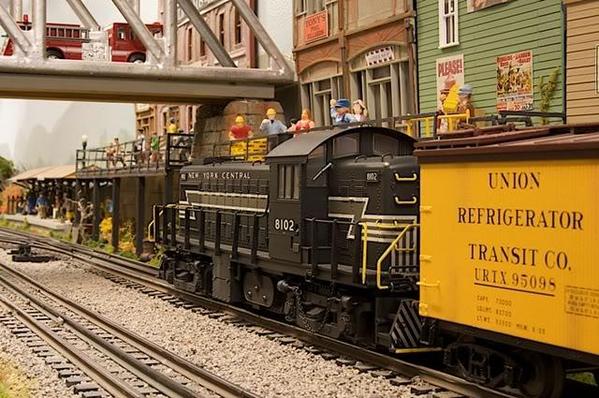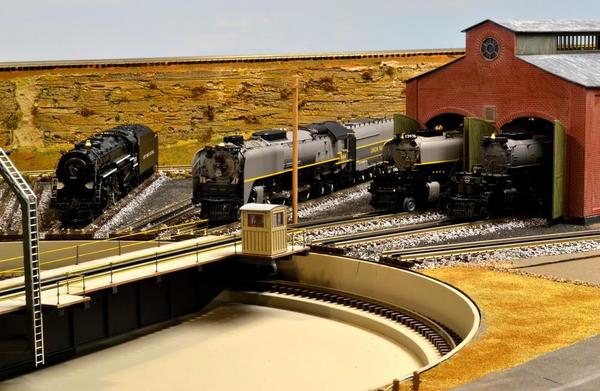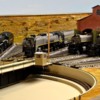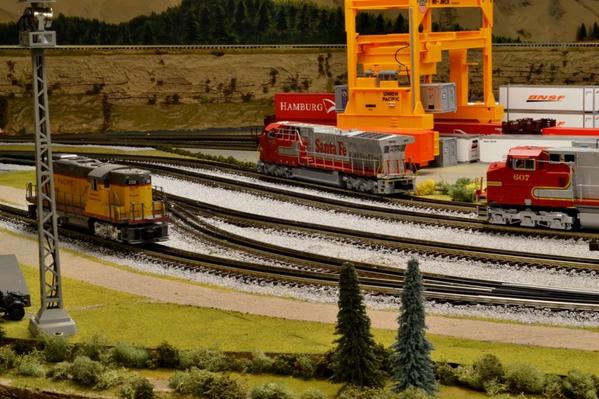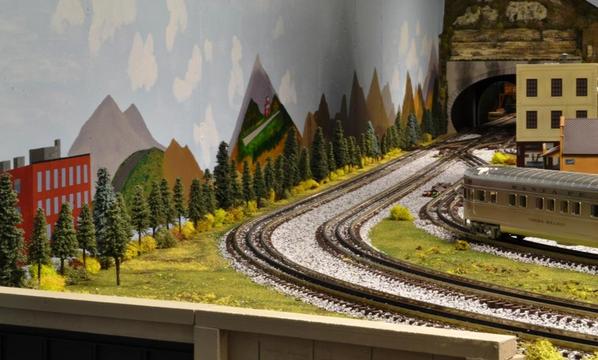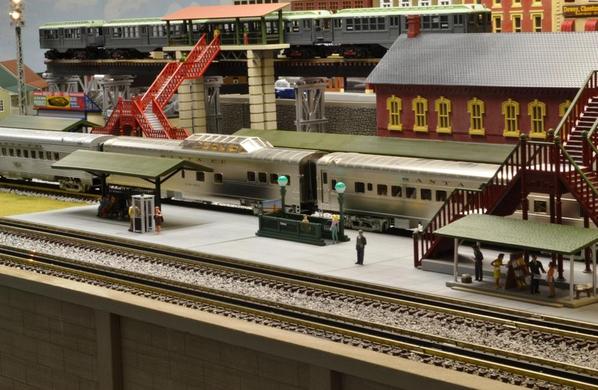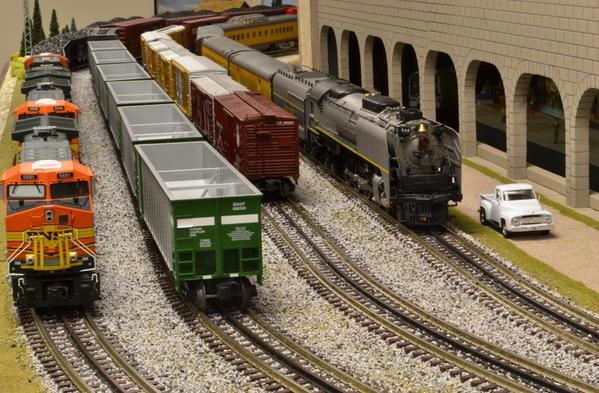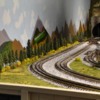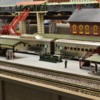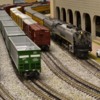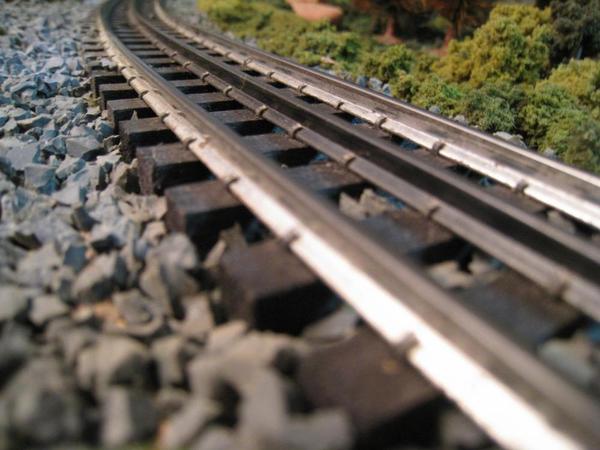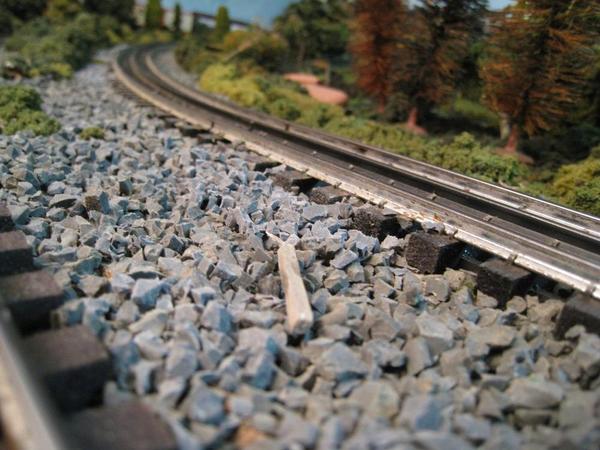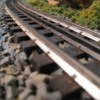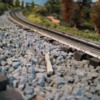(I did a search and found a few posts, but none address my issue.)
I am in the track ballasting process, and I am looking for gluing alternatives.
In the past, for HO, I sprayed the ballast with 50-50 water and isopropyl, and followed that with a 50-50 white (*) glue and water, DISPENSED WITH A DROPPER.
I did this with the first four feet of my current Atlas-O track, and it worked fine. I used the Ballast King to distribute the ballast, and it worked great. I sprayed the ballast with the 50-50 isopropyl and water, then applied the glue mixture with a bottle, a drop or so at a time. The gluing took by far the longest, and with as much track as I would like to ballast, I would like a faster method.
So I tried spraying the glue mixture, but ran into problems. The two spray bottles that I have are from Woodland Scenics ($6) and from the Dollar Store. Both spray great if it is just water, but as soon as I try the 50-50 mix, the spray becomes a solid stream regardless of nozzle position or adjustment.
So I tried the Woodland Scenic’s Scenic Cement. It is thin enough that it sprays nicely. The problem is that once it has dried, all you have to do is touch the ballast with your finger, and it comes right off.
If the glue is thick enough, say 50-50, to properly hold the ballast, then I can’t spray it; and if the glue mix is thin enough to be sprayed, then it does not hold the ballast well.
How do you apply the glue to your ballast?
Thx!
Alex
(*) The white glue I have been using for all my scenery is Elmer’s Craft Bond Tacky Glue (from Hobby Lobby). Besides for ballast, I have been brushing it on any surface (50-50 mix), sprinkle ground cover over it, and it works great.





